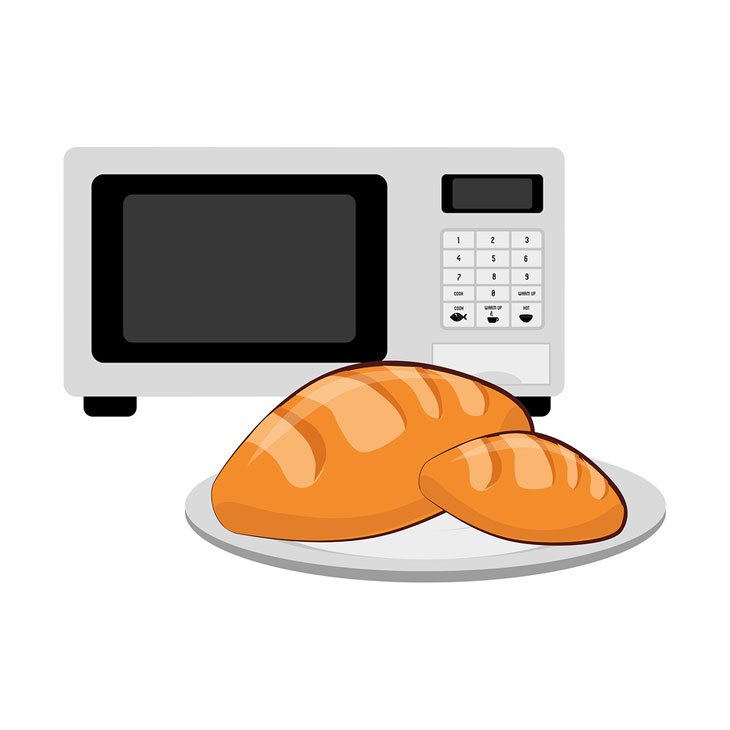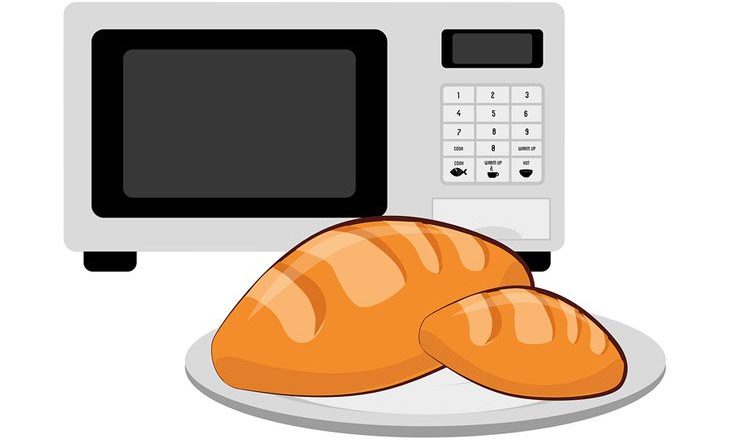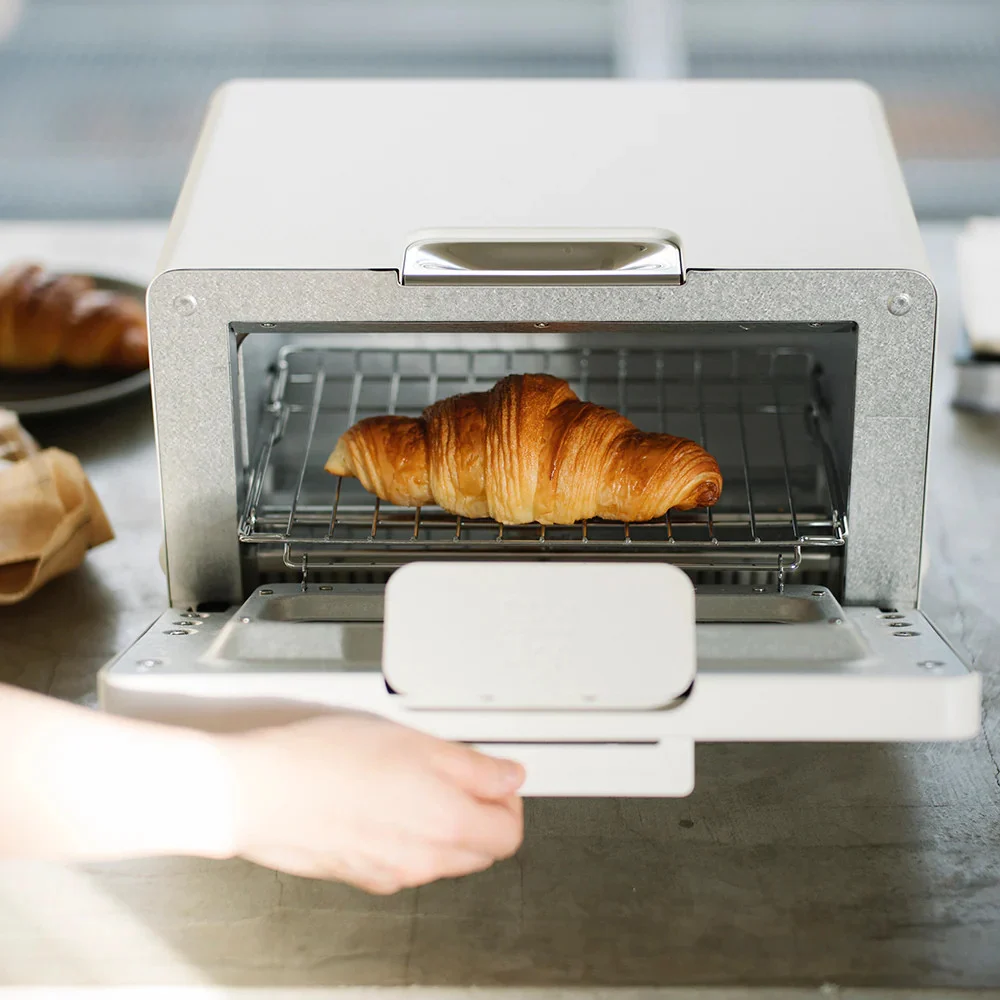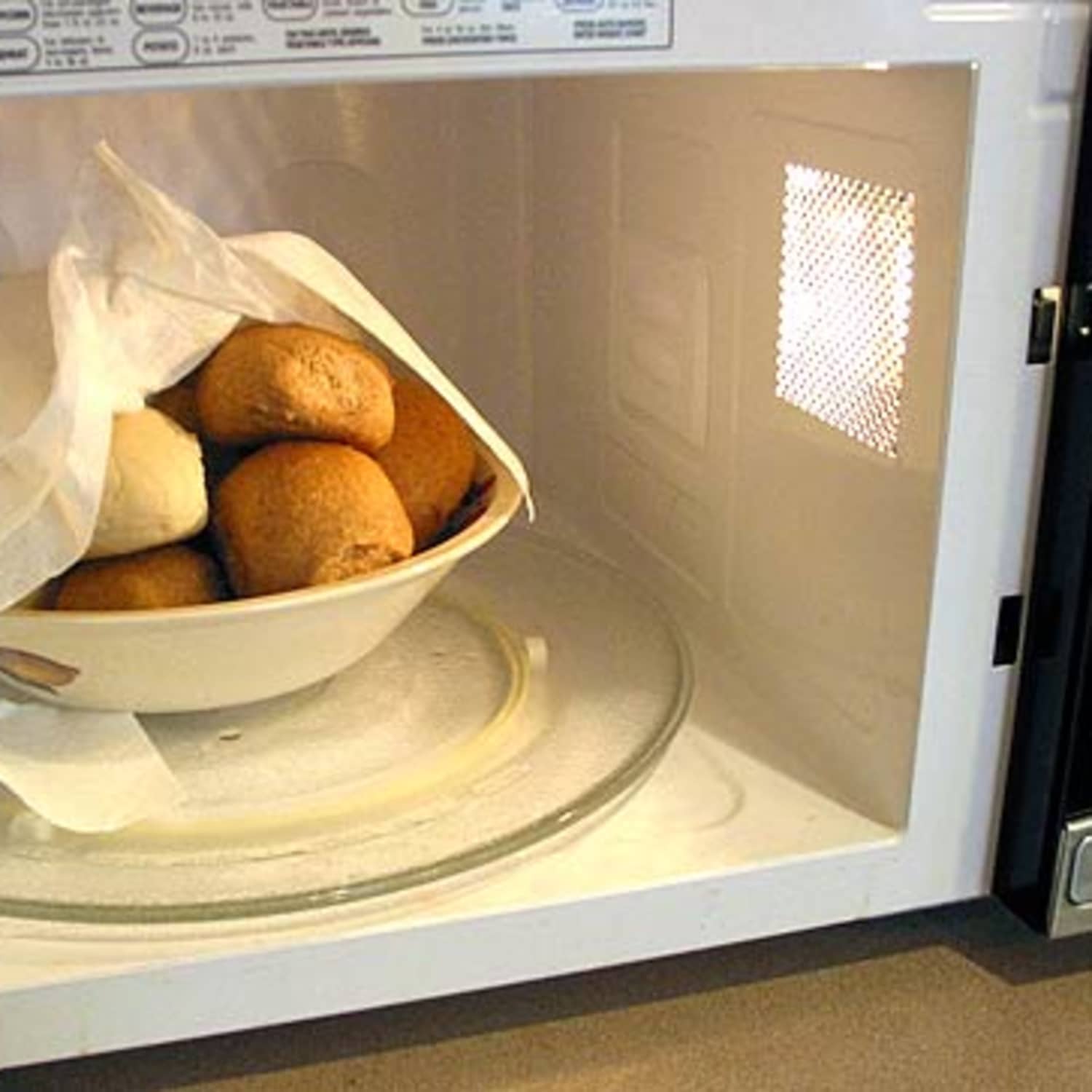Anyone who enjoys a good loaf knows the disappointment of discovering that their bread has gone stale. Whether it’s a baguette, a loaf of sourdough, or even sandwich bread, the transformation from fresh to tough and chewy can happen all too quickly. However, did you know that you can revive stale bread using your microwave? This method can return your bread to a near-fresh state, making it soft and enjoyable once more. Let’s explore the techniques and tips that can help you bring your stale bread back to life with the help of a microwave.
Understanding How Bread Goes Stale
To effectively revive stale bread, it’s essential to understand why it goes stale in the first place.
Starch Retrogradation
One of the primary reasons bread goes stale is due to a process called starch retrogradation. As bread cools after baking, the water in the bread migrates from the starch granules, causing the bread to harden. This process can make even recently purchased bread feel less fresh and more like a kitchen sponge.
Evaporation and Moisture Loss
Another contributing factor is the loss of moisture through evaporation. When bread is exposed to air, it loses water content, which results in a tougher texture. This is particularly common in environments with low humidity.
Preparing the Bread for Microwaving
Before you start microwaving, a bit of preparation can make a significant difference in the results.
Choosing the Right Bread
Not all breads are created equal when it comes to reviving them in the microwave. Hard crusty breads like baguettes and sourdough loaves benefit the most from this method. However, softer bread like sandwich bread can also be improved with the right approach.
Cutting and Portioning
Cutting the bread into smaller portions can help achieve more even heating. If you’re working with a whole loaf, consider slicing it before you proceed. Smaller pieces heat more uniformly and are less likely to become soggy.
Adding Moisture
Lightly sprinkle the bread with water or wrap it in a damp paper towel before microwaving. This added moisture helps rejuvenate the bread by softening the starch granules. However, be cautious not to over-wet the bread, as this can lead to a soggy texture.
Microwave Settings and Techniques
The key to reviving stale bread in the microwave lies in using the right settings and techniques.
Time and Power Levels
Set your microwave to medium power to avoid overheating, which can turn the bread rubbery. Generally, microwaving for 10-20 seconds at medium power is enough to rejuvenate the bread. If the bread isn’t sufficiently revived, you can continue microwaving in 10-second increments until you reach the desired softness.
Using a Microwave-Safe Plate
Always place the bread on a microwave-safe plate. This ensures even heating and prevents any potential hazards associated with microwaving non-safe materials. A glass or ceramic plate is ideal for this purpose.
Checking for Doneness
Check the bread after microwaving and give it a quick squeeze. If it feels soft and springy, it’s ready to eat. If it still feels tough, continue microwaving in short intervals. Be cautious not to overdo it, as too much microwaving can dry out the bread and make it chewy.
Post-Microwave Tips
Once you’ve microwaved the bread, some additional steps can help maximize its freshness.
Let It Rest
Allow the microwaved bread to rest for a minute or two after heating. This helps redistribute the moisture and even out the texture, making it more palatable.
Toasting for Crust
If you miss the crispy crust, quickly toast the bread in a toaster or oven for a few minutes. This gives you the best of both worlds: a soft interior and a crunchy exterior. Be careful not to over-toast, as this can dry out the bread again.
Butter or Oil Application
Applying a light brush of butter or olive oil can enhance the flavor and texture of the revived bread. This also adds a touch of moisture, making the bread even more enjoyable.
Alternative Methods for Reviving Stale Bread
While microwaving is quick and convenient, there are other methods you can use.
Oven Method
Preheat your oven to 300°F (150°C). Sprinkle the bread with a bit of water and wrap it in aluminum foil. Place it in the oven for 10-15 minutes. This method provides even heating but takes longer compared to microwaving.
Steam Method
Place a pot of water on the stove and bring it to a boil. Hold the bread over the steam for a few minutes, turning it occasionally. This can help soften the bread, though it may not be as effective as microwaving.
Freezer Method
If you know you won’t be able to consume the bread before it stales, consider freezing it. Slice the bread and store it in a resealable bag. When you’re ready to eat it, defrost the slices in the microwave using the defrost setting.
Benefits of Using the Microwave
Using the microwave to revive stale bread offers several advantages.
Quick and Convenient
Microwaving is one of the fastest methods, making it ideal for busy mornings or when you’re in a rush. You can have soft, revived bread in under a minute.
Energy Efficient
Microwaves use less energy compared to preheating and using an oven, making it an eco-friendly option. This is particularly beneficial if you’re only heating a small portion of bread.
Preserves Flavor
When done correctly, microwaving can revive the bread without altering its original flavor. This ensures you enjoy the bread as if it were freshly baked.
Common Mistakes to Avoid
To ensure the best results, here are some common mistakes to avoid.
Over-Microwaving
Over-microwaving can make the bread chewy and rubbery. Always heat in short intervals and check the bread frequently. Less is more when it comes to microwaving bread.
Excessive Moisture
Adding too much water can make the bread soggy instead of soft. A light sprinkle or damp paper towel is sufficient. Overdoing it with moisture can negatively affect the texture.
Inconsistent Heating
Not rotating or checking the bread can lead to uneven heating. Make sure to pause and check the bread, especially if you’re microwaving multiple pieces. Consistent attention results in better quality.
Reviving Different Types of Bread
Different types of bread may require slight variations in the microwave revival method.
Baguettes and Sourdough
These types of bread benefit most from a combination of microwaving and toasting. The microwave softens the interior, while a brief toast in the oven or toaster crisps the exterior. This gives you a pleasant contrast in textures.
Sandwich Bread
Sandwich bread can be revived with just brief microwaving. Be cautious not to exceed the recommended time, as it can become rubbery. Sandwich bread generally requires less moisture and time than denser loaves.
Specialty Breads
Breads with added ingredients, like nuts or fruits, may need extra care. The added components can react differently to microwaving, so monitor them closely. Specialty breads often have unique textures that require careful handling.
 Storing Bread to Prevent Staleness
Storing Bread to Prevent Staleness
Prevention is always better than cure. Proper storage can help keep your bread fresh longer.
Air-Tight Containers
Store bread in air-tight containers to minimize exposure to air. This reduces the rate at which it goes stale. Plastic bread boxes or resealable bags are effective options.
Avoiding Refrigeration
Contrary to popular belief, refrigerating bread can actually speed up the staling process. Store it at room temperature instead. The cold environment of the fridge accelerates starch retrogradation.
Freezing for Long-Term Storage
For long-term storage, freezing is an excellent option. Slice the bread before freezing for easier defrosting. This allows you to take out only what you need and keeps the rest fresh.
Nutritional Considerations
Reviving stale bread not only improves its texture but also retains its nutritional value.
Retaining Nutrients
Proper microwaving ensures that the nutritional value remains largely intact. This includes essential carbs and proteins. The microwave’s quick heating process minimizes nutrient loss.
Fiber Content
Whole grain and multi-grain breads retain their fiber content when microwaved properly. This is beneficial for digestive health. Revived bread still offers the nutritional benefits of its fresh counterpart.
Summarizing the Insights: Microwave Bread Revival
So, how to revive stale bread microwave? By understanding the science behind staling, preparing the bread properly, and using the right microwave settings, you can bring back its soft, enjoyable texture with ease. Adding moisture, using the correct power levels, and choosing appropriate techniques like covering with a damp paper towel or slicing the bread are key strategies. Alternative methods, such as using the oven or freezer, are also viable options but may take more time. With these practical tips and techniques, you can enjoy your favorite loaf of bread as if it were freshly baked, anytime you need it.



